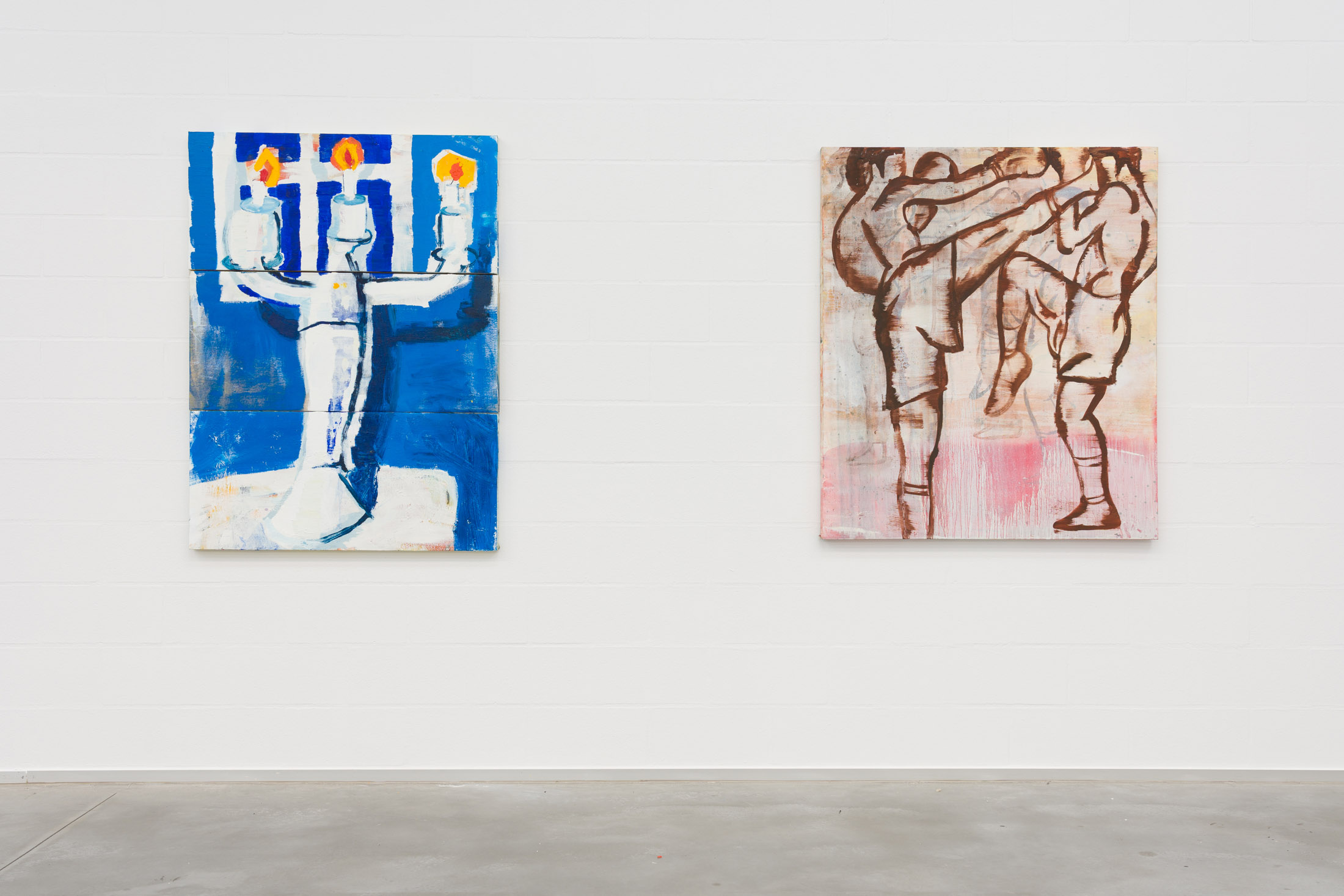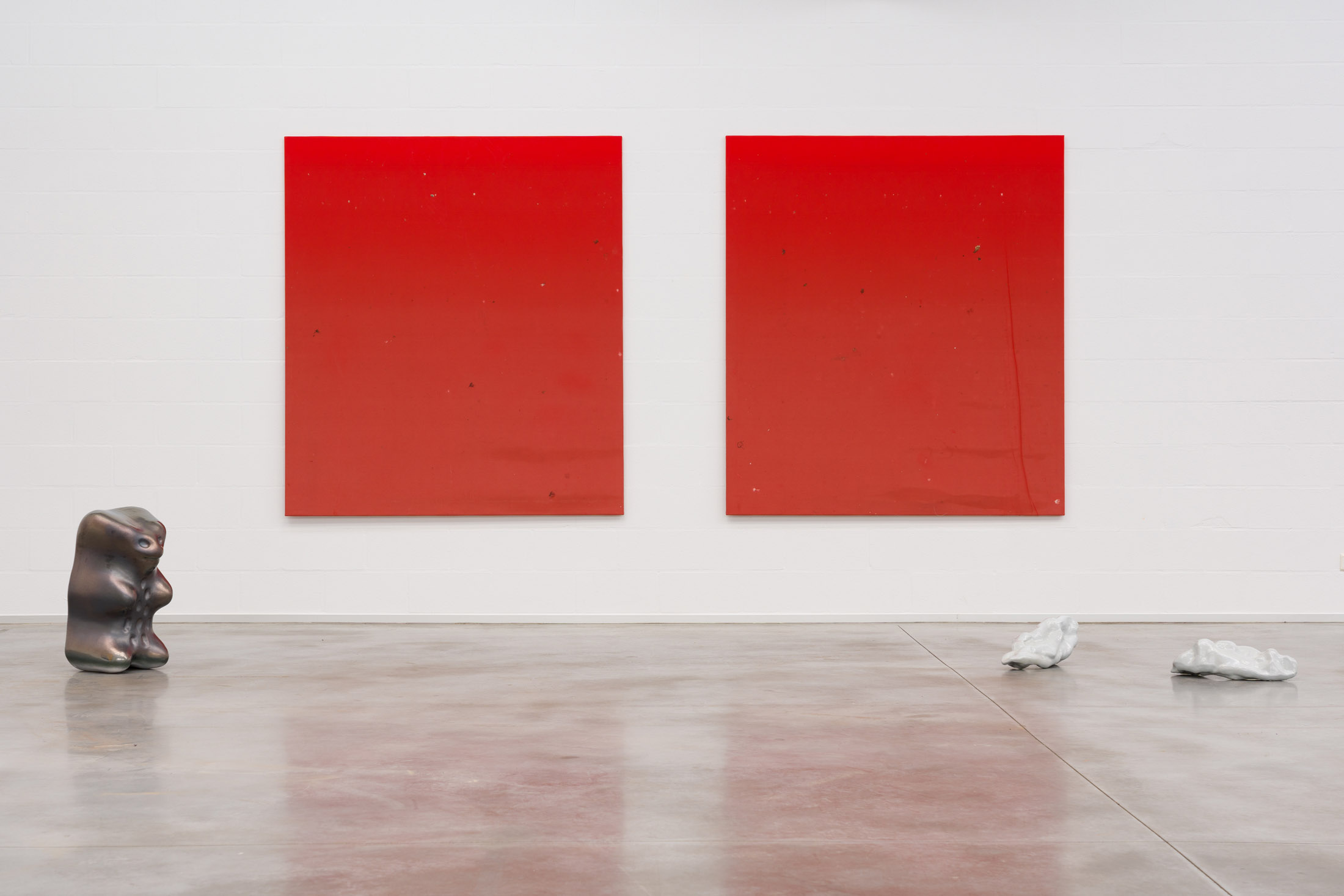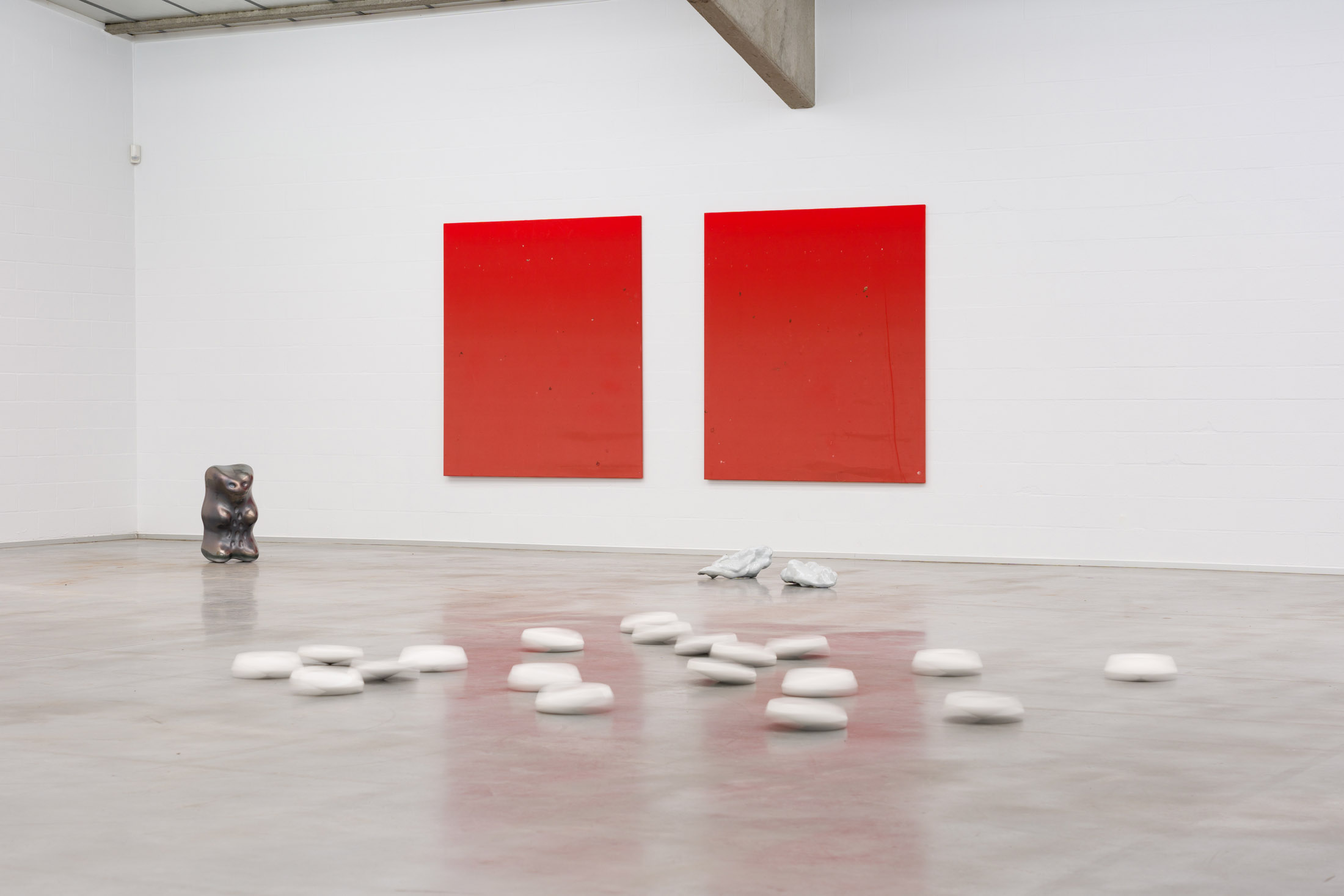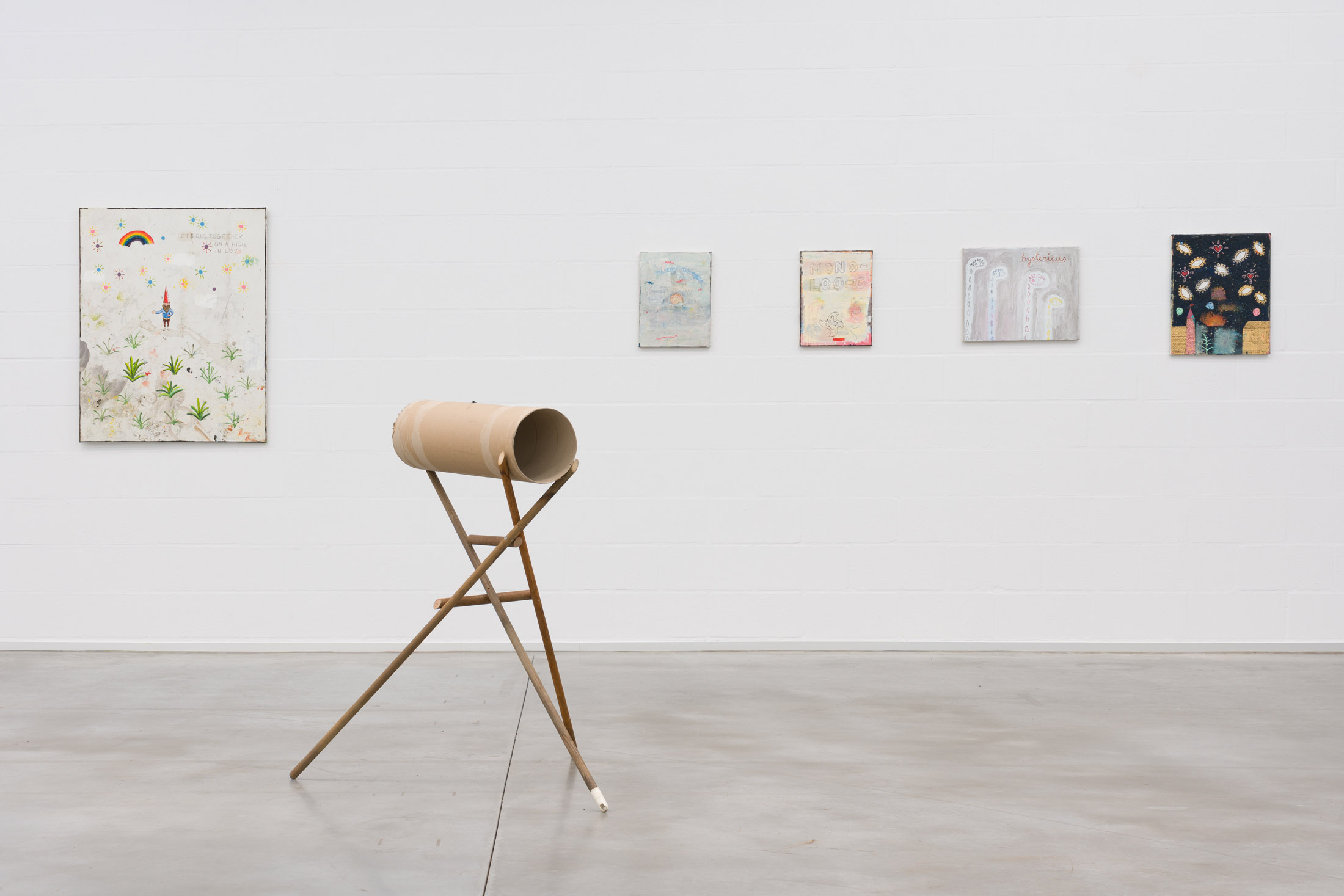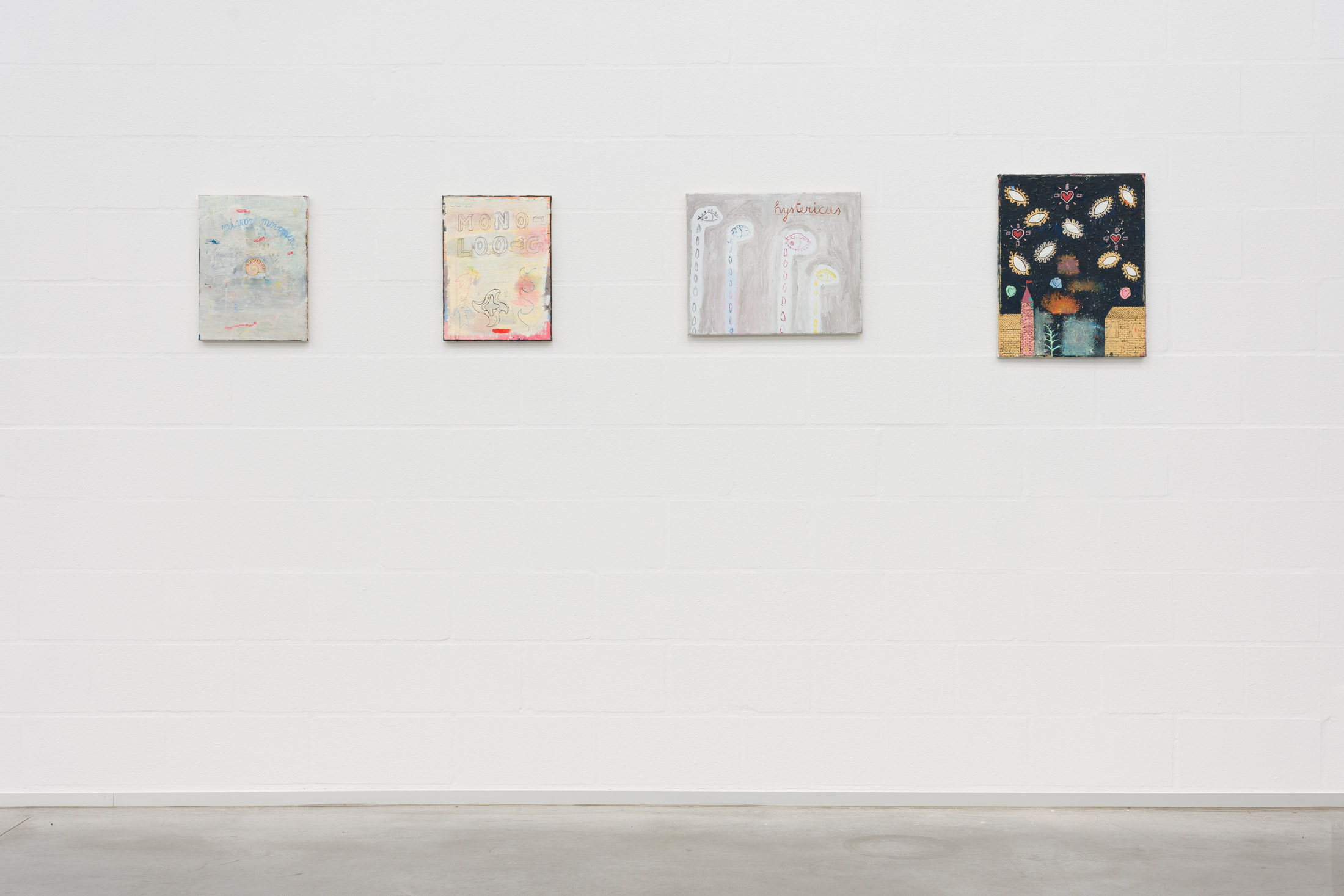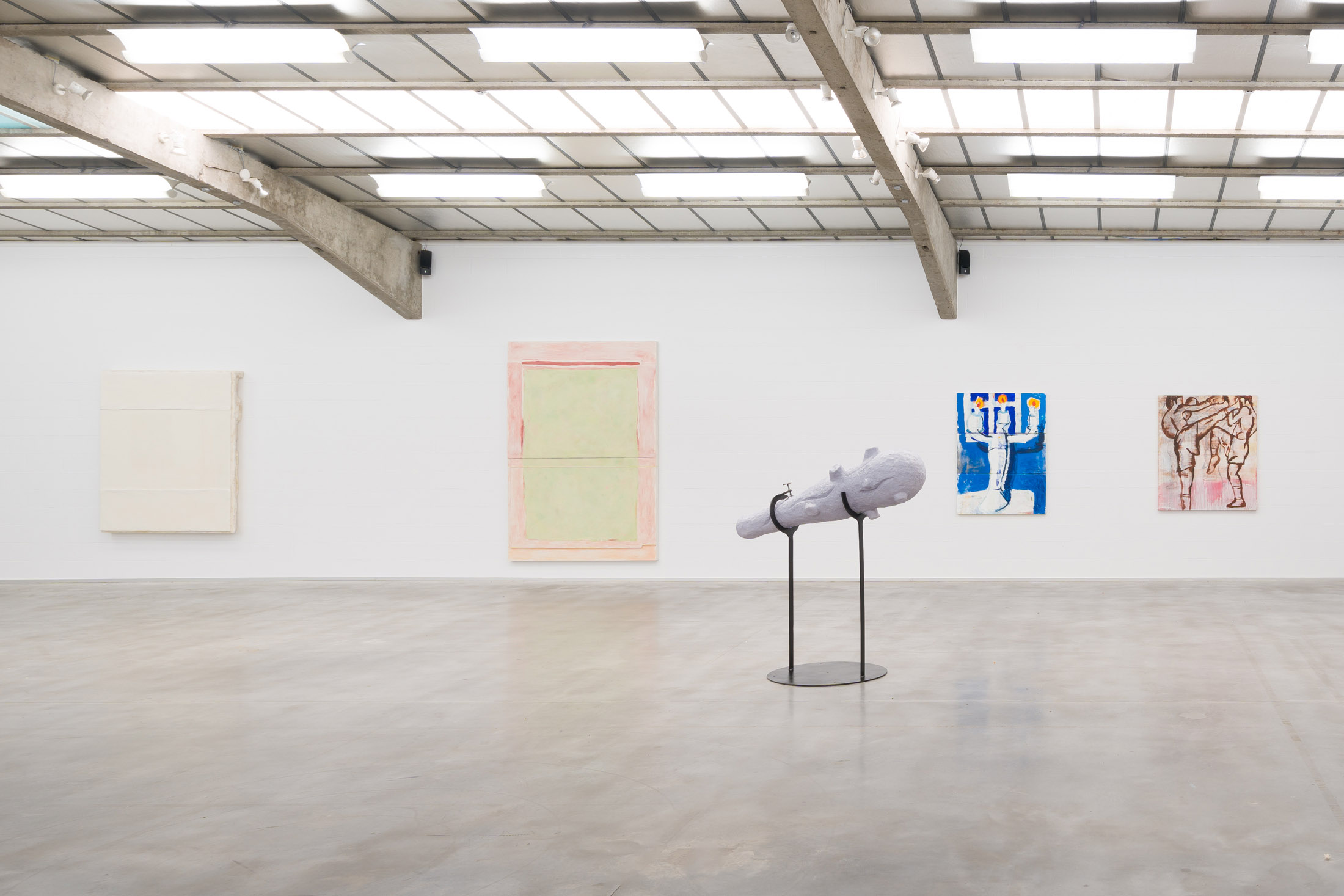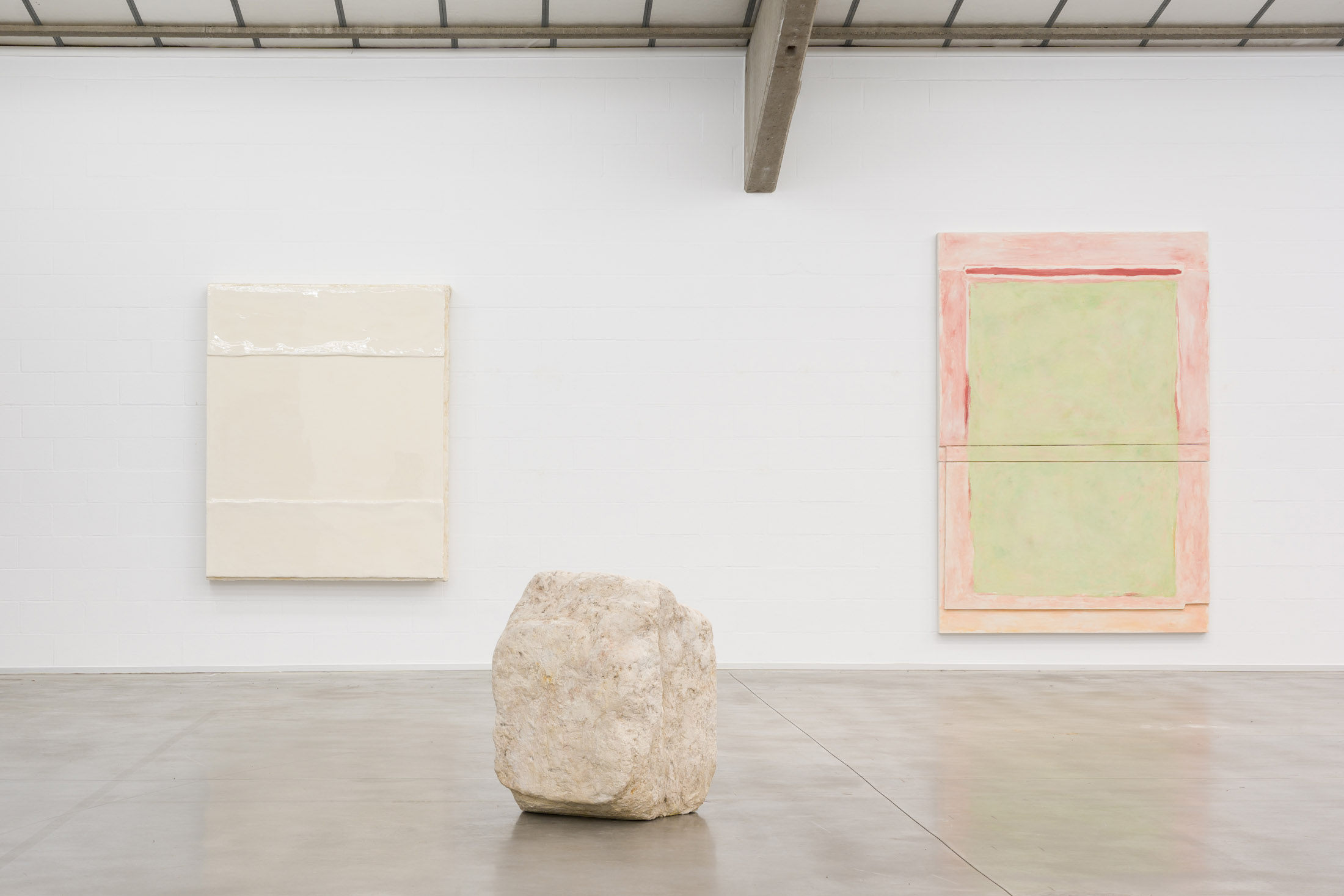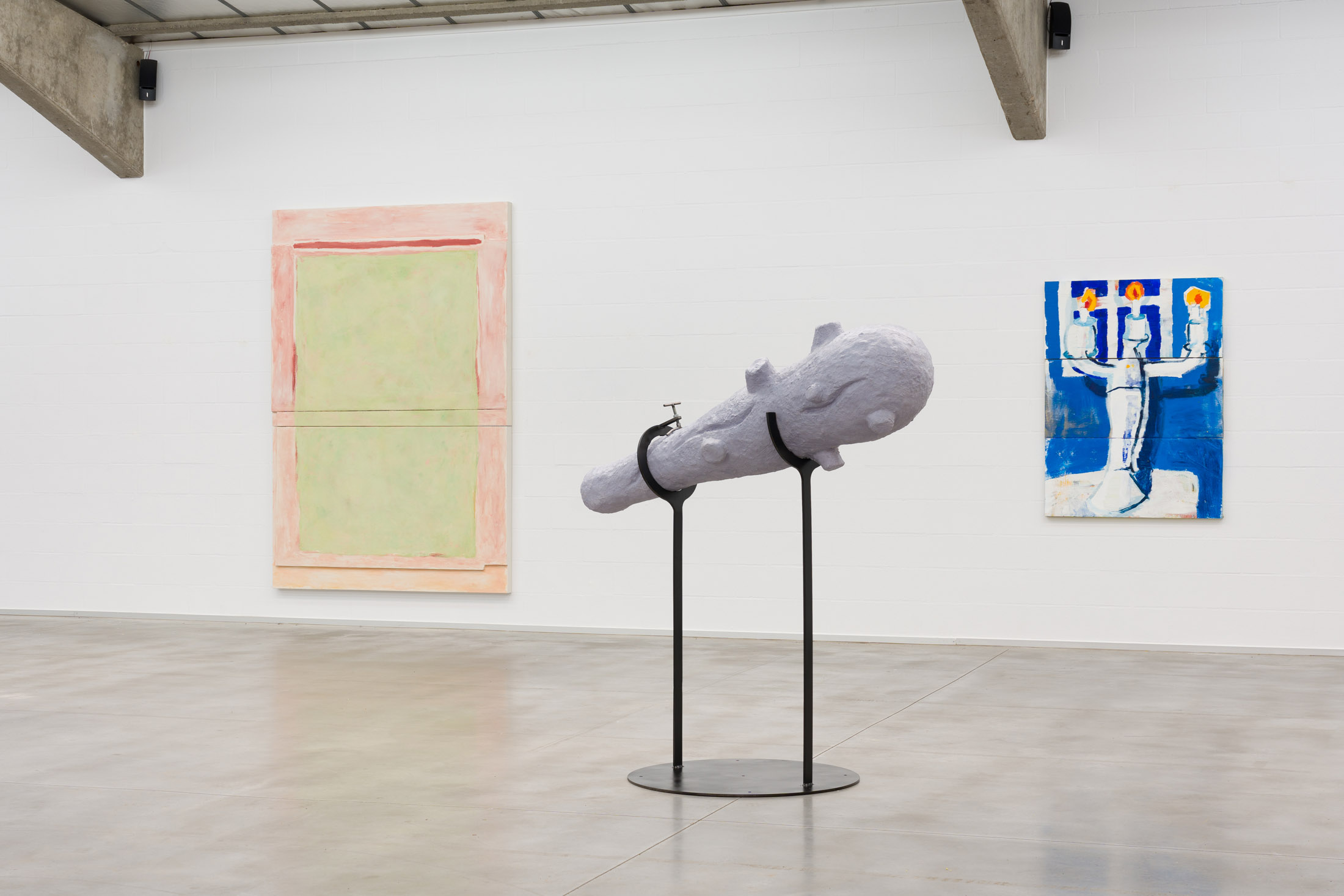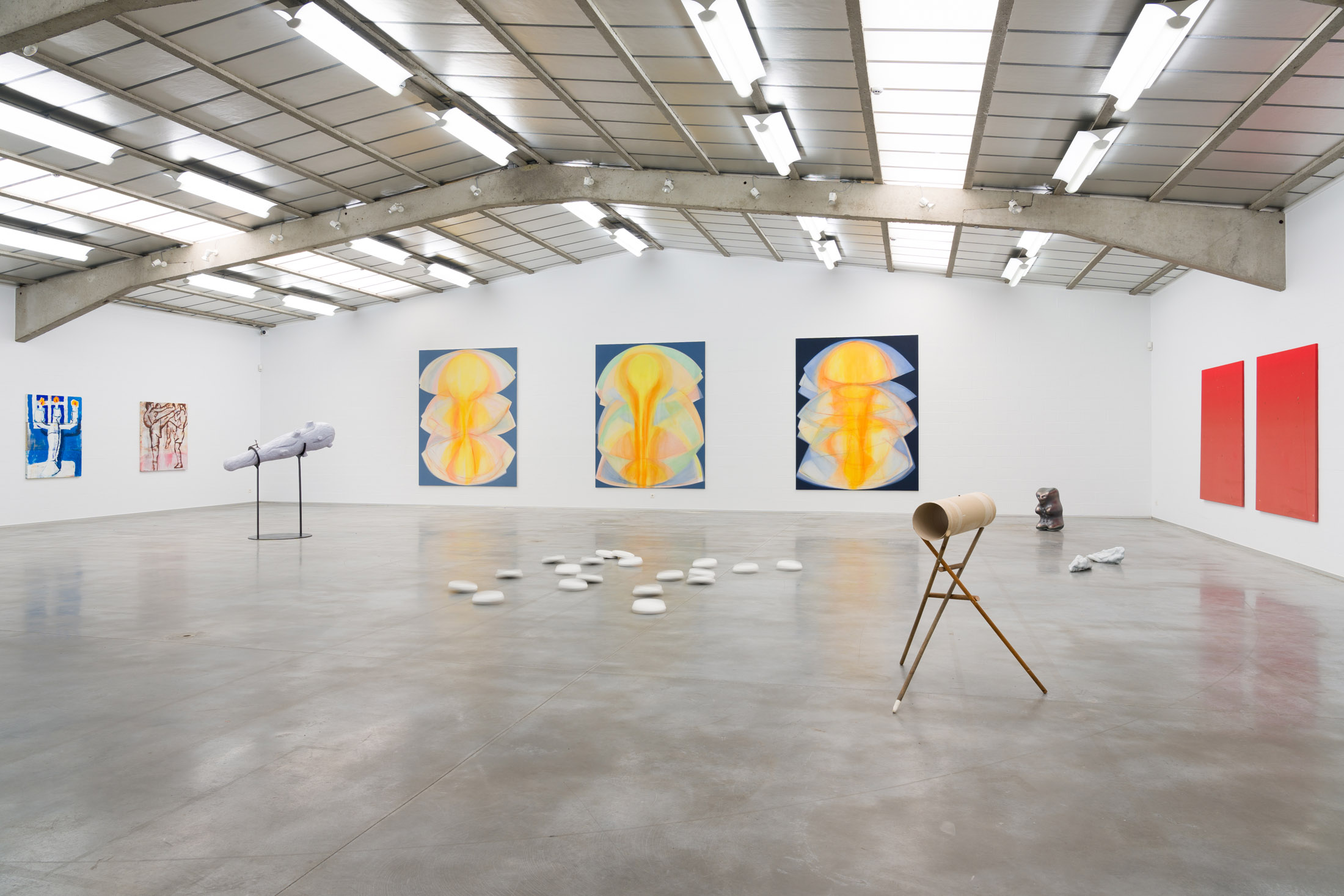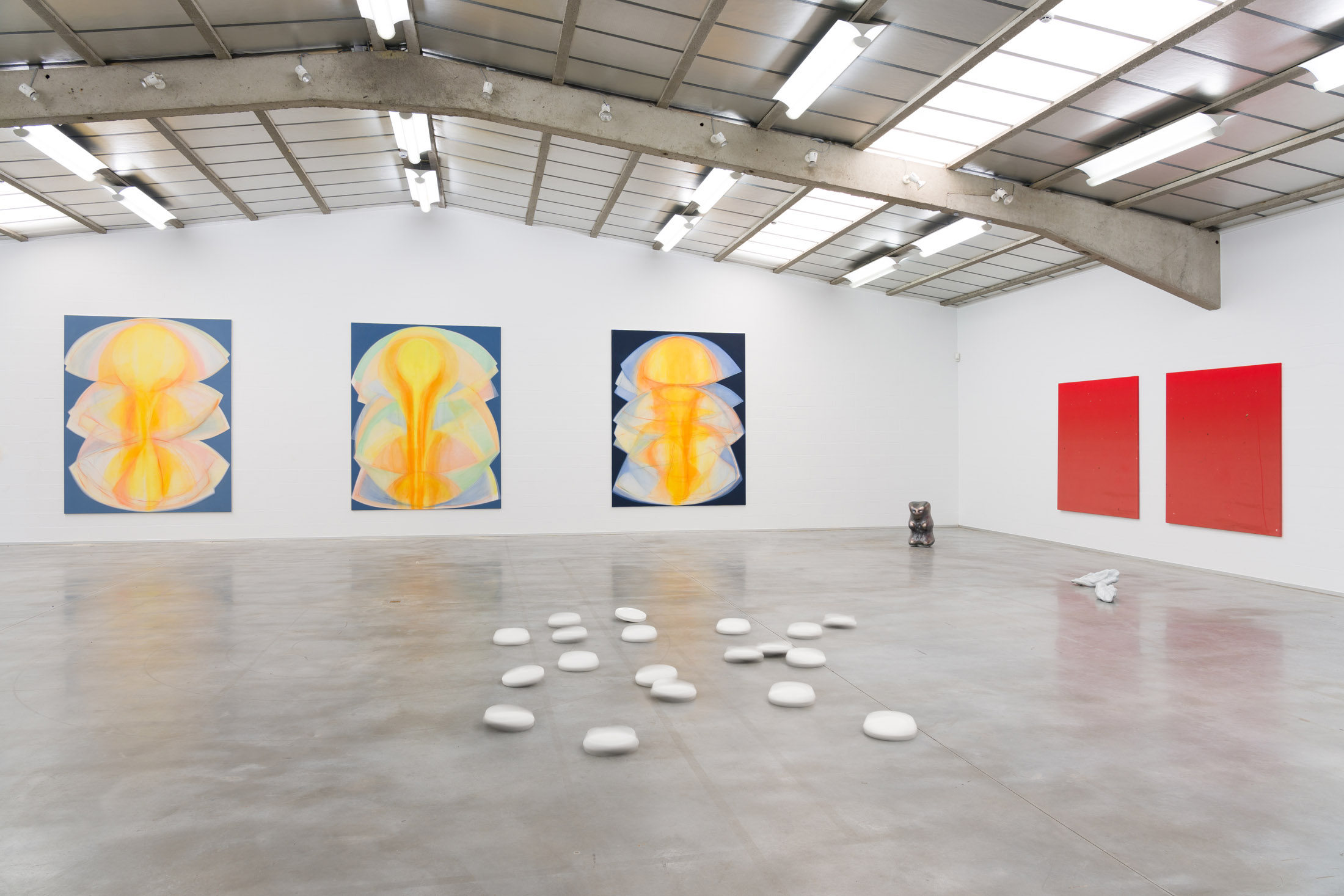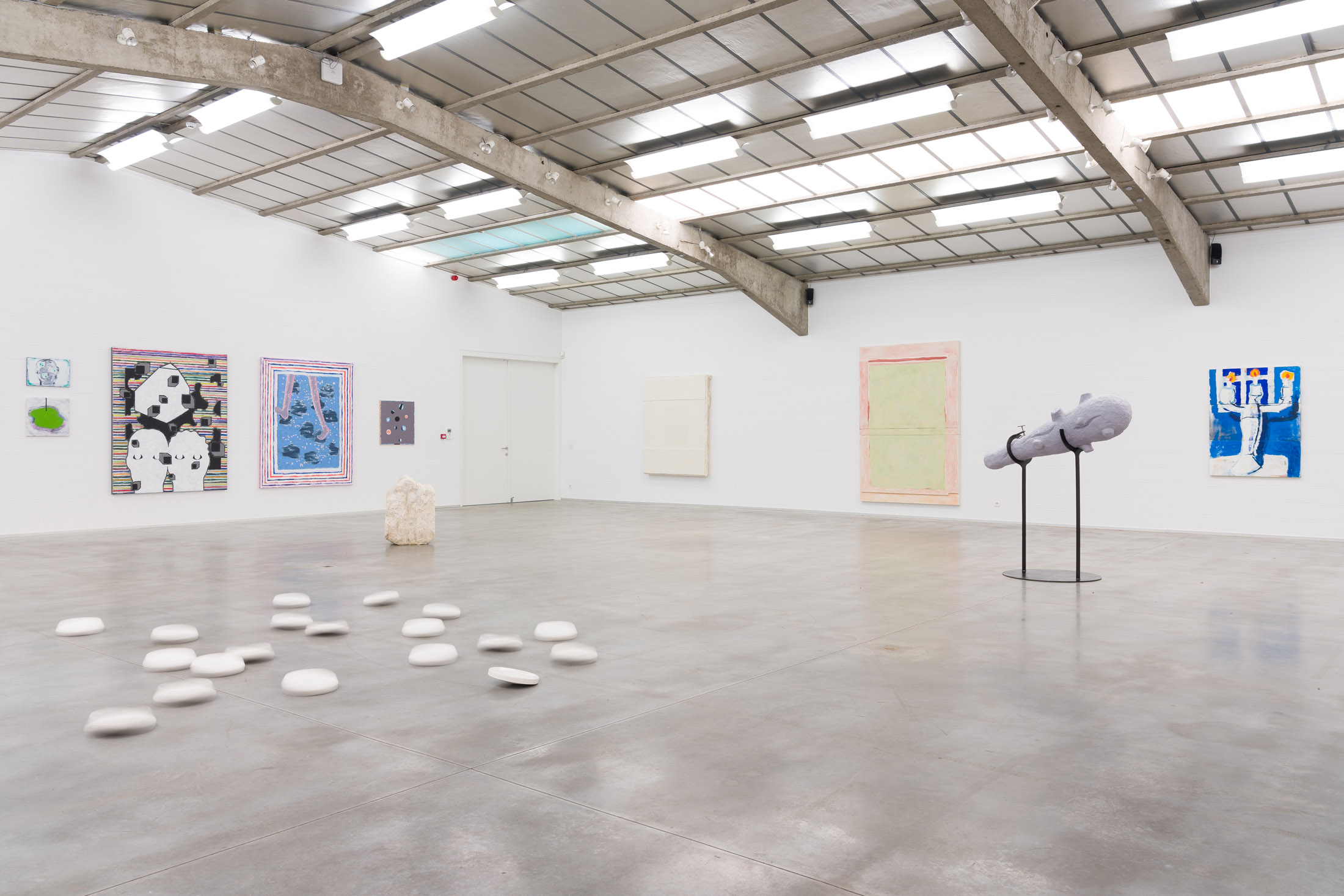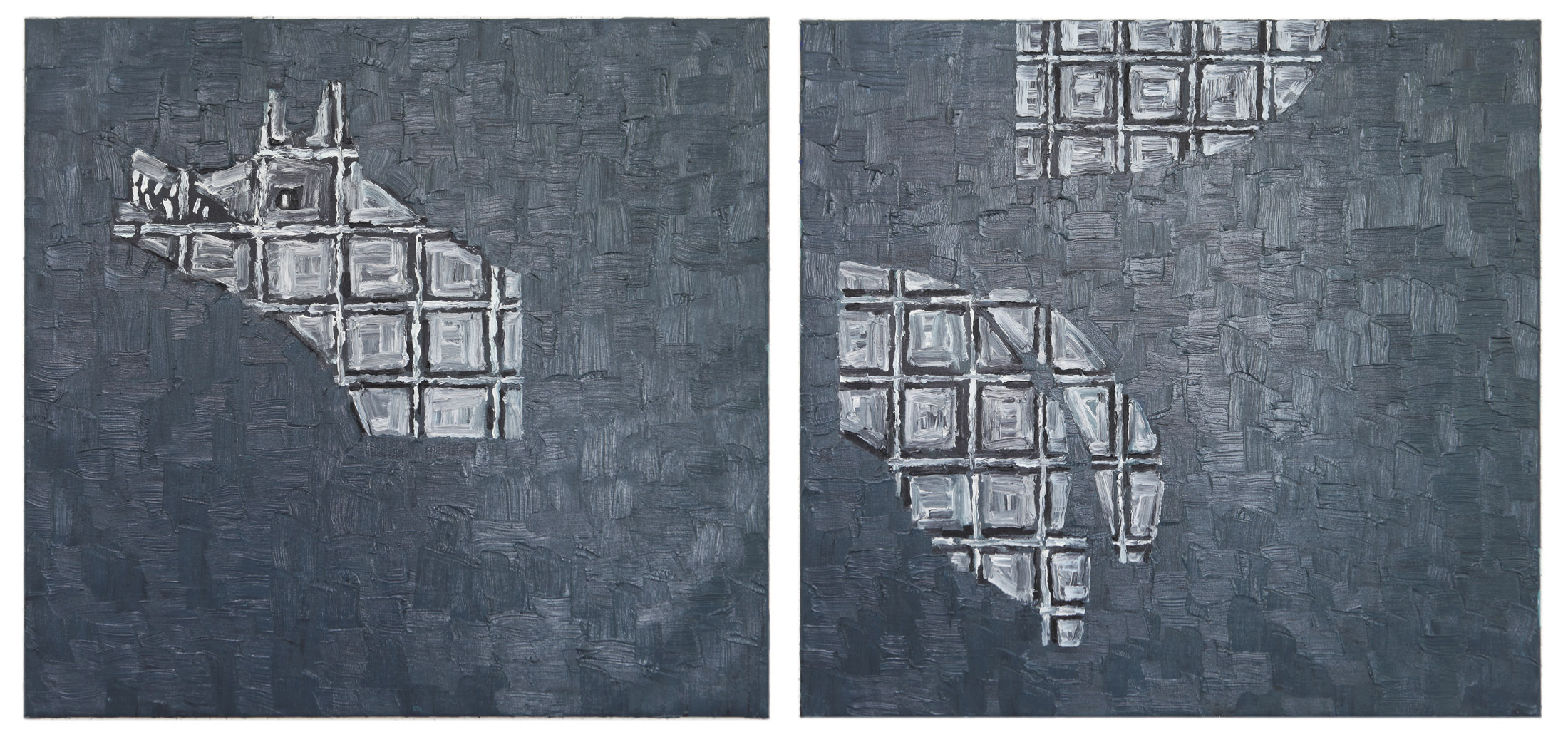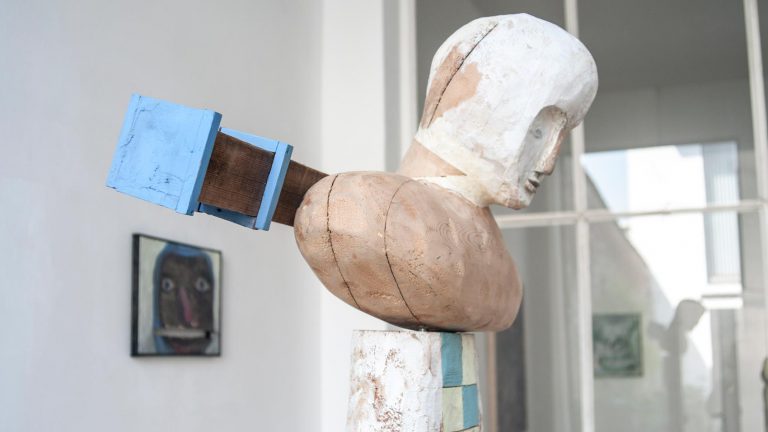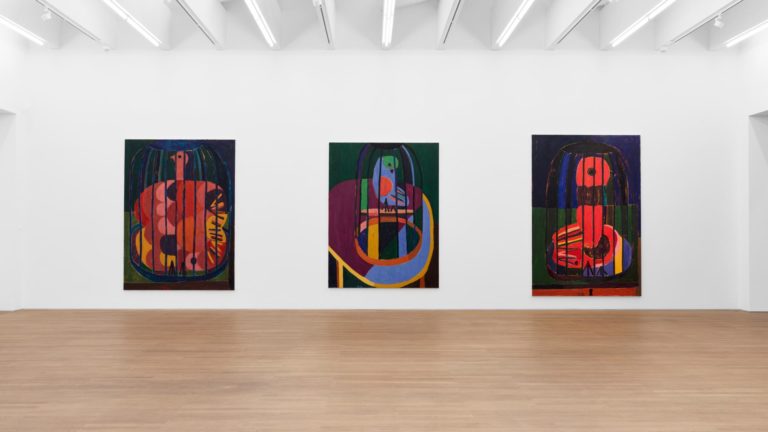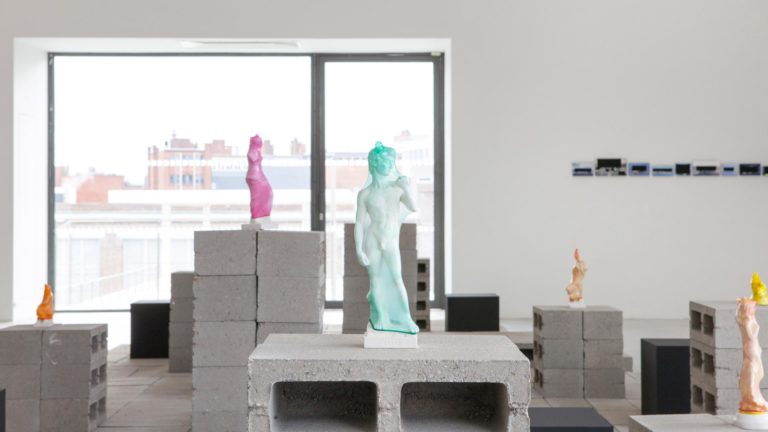Artists: Flexboj & L.A., Gerard Herman, Mirthe Klück, Geert Marijnissen, Julien Saudubray, Thé van Bergen, Manon van den Eeden, Stan Van Steendam, Alice Vanderschoot
Exhibition title: ARCHIPEL I ESTATE
Organized by: BARBÉ (Ghent), FRED & FERRY (Antwerp) and Waldburger Wouters (Brussels)
Venue: BARBÉ (Ghent), FRED & FERRY (Antwerp) and Waldburger Wouters (Brussels), Belgium
Date: June 4 – September 3, 2023
Photography: All images copyright and courtesy of the artists, BARBÉ (Ghent), FRED & FERRY (Antwerp) and Waldburger Wouters (Brussels)
Archipel, the collaborative initiative of BARBÉ (Ghent), FRED & FERRY (Antwerp) and Waldburger Wouters (Brussels), presents part two of its exhibition series inspired by the four seasons: L’estate. Playful, absurd, and intuitive works are brought together with warm and bright colours carried by different shapes and sizes. With works by Flexboj & L.A., Gerard Herman, Mirthe Klück, Geert Marijnissen, Julien Saudubray, Thé van Bergen, Manon van den Eeden, Stan Van Steendam, and Alice Vanderschoot.
Spatial installation Spinning Plates (2023) by Manon van den Eeden (°1996) ripples across the floor of Platform 6a’s Hall I. The soft, buzzing thunderclaps lend a sound to L’estate, while van den Eeden plays with everyday objects by placing them in unusual positions through adjustments to their shape, scale or function. By merging plates with the bottom of a spinning top, the crockery we are so familiar with stutters between tumbling and falling silent with a dynamic and airy aimlessness. Mirthe Klück (°1991) also serves us an exercise in attention by bending the size and material of recognisable objects or products. She gives shape to the often flawed perception of what is living in our collective memories. Globule (2023), for example, is a gummy bear thirty-five times magnified. This ceramic giant version seems to be oddly grinning with misplaced strawberry-like dots on its belly. And yet, upon closer inspection of Haribo’s Goldbears, you’ll notice for the first time that they really do look like this.
The idea of magnifying objects in order to shed a different light on them finds an echo in Alice Vanderschoot’s (°1989) work. Her deceptively innocent visual language explores the myth of icons, archetypes, and recognisable symbols. Self-portrait as a Reclining Caveman’s Club (2022) is a mounted sculpture of the bat as we know it from popular depictions of cavemen. At the same time, the work, measuring exactly 1.64 metres, is a self-portrait through which Vanderschoot appropriates this goofy and masculine shape. Her cartoonish creations are enveloped in a cocktail of flashy colours and pastels, and transform the scenario of their origins.
A comparable colourful playfulness that does not tolerate naivety is to be found in the works of Geert Marijnissen (°1993), an artist who approaches, constructs, and deconstructs his works again and again, sometimes even years later. By repeatedly removing and adding, he creates layers of material that reveal both previous and new decisions, like the coloured blocks in Spaceship Lullaby (2022) that suggest an attempt to erase something. In The Act of Killing (2021) and 27th of September 2014 (2022), gloomy and even bleak aspects of our existence emerge from beneath the colourful tones in the shape of words.
Artist duo Flexboj & L.A. (°1995) also leans into written language. Using paint, words, and found images, they construct a critical reflection on the art world, while the “how, what and why” of the painting is targeted in an audacious manner. The sometimes elusive economic side of art does not escape their commentary, a viewpoint which is often made poignantly clear through the names of their works. Thé van Bergen’s (°1946) titles are just as functional, though this artist takes a more minimal approach, as is clear in de windturbine (“the wind turbine”) (2023), de tuin (“the garden”) (2023) and het hoofd (“the head”) (2023). This linguistic decision coincides with van Bergen’s uncompromising style of representation, which makes the paintings hit directly and fundamentally. Typical of his work are incomplete
parts and fragments that are only just falling outside of the frame, as if the artist wants to direct our gaze to somewhere beyond the paintings. The sculpture A broader, general view (2023) by multidisciplinary artist Gerard Herman (°1989) was triggered by an excerpt from The Soft Machine by William Burroughs, in which it is suggested to look at extreme violence by taking a “broad general view of things”. The cardboard cylinder on three broomsticks – found objects – pokes fun at that general view. Looking through it does nothing but narrow the gaze. And then there are the two dead flies that turn the installation into an eerie puzzle.
Julien Saudubray (°1985) brings a warm glow to L’estate with various works from the series Watching (2022). The yellow, flowing figures seem to unfold like elemental flower petals, and underline Saudubray’s clear yet abstract approach to painting that flirts with alchemy and intuitive, almost automatic movements. The white works of Stan Van Steendam (°1985), Untitled (2022) and torp (2021), have akin meditative roots. Derived from the idea that we need to select carefully which stimuli we allow and which we do not in order to prevent fatigue, the artist reviews the viewer’s relationship to shapes, colours, positions. Carefully, he lets us meet works that deconstruct painting and sculpture, because his minimal objects with raw pigments, plaster, fabric, plaster, epoxy resin, and wood do more than just make us peacefully look; they allow us to experience art.
-Yasmin Van ’tveld
ARCHIPEL I ESTATE, 2023, exhibition view, BARBÉ (Ghent), FRED & FERRY (Antwerp) and Waldburger Wouters (Brussels)
ARCHIPEL I ESTATE, 2023, exhibition view, BARBÉ (Ghent), FRED & FERRY (Antwerp) and Waldburger Wouters (Brussels)
ARCHIPEL I ESTATE, 2023, exhibition view, BARBÉ (Ghent), FRED & FERRY (Antwerp) and Waldburger Wouters (Brussels)
ARCHIPEL I ESTATE, 2023, exhibition view, BARBÉ (Ghent), FRED & FERRY (Antwerp) and Waldburger Wouters (Brussels)
ARCHIPEL I ESTATE, 2023, exhibition view, BARBÉ (Ghent), FRED & FERRY (Antwerp) and Waldburger Wouters (Brussels)
ARCHIPEL I ESTATE, 2023, exhibition view, BARBÉ (Ghent), FRED & FERRY (Antwerp) and Waldburger Wouters (Brussels)
ARCHIPEL I ESTATE, 2023, exhibition view, BARBÉ (Ghent), FRED & FERRY (Antwerp) and Waldburger Wouters (Brussels)
ARCHIPEL I ESTATE, 2023, exhibition view, BARBÉ (Ghent), FRED & FERRY (Antwerp) and Waldburger Wouters (Brussels)
ARCHIPEL I ESTATE, 2023, exhibition view, BARBÉ (Ghent), FRED & FERRY (Antwerp) and Waldburger Wouters (Brussels)
ARCHIPEL I ESTATE, 2023, exhibition view, BARBÉ (Ghent), FRED & FERRY (Antwerp) and Waldburger Wouters (Brussels)
ARCHIPEL I ESTATE, 2023, exhibition view, BARBÉ (Ghent), FRED & FERRY (Antwerp) and Waldburger Wouters (Brussels)
ARCHIPEL I ESTATE, 2023, exhibition view, BARBÉ (Ghent), FRED & FERRY (Antwerp) and Waldburger Wouters (Brussels)
ARCHIPEL I ESTATE, 2023, exhibition view, BARBÉ (Ghent), FRED & FERRY (Antwerp) and Waldburger Wouters (Brussels)
ARCHIPEL I ESTATE, 2023, exhibition view, BARBÉ (Ghent), FRED & FERRY (Antwerp) and Waldburger Wouters (Brussels)
ARCHIPEL I ESTATE, 2023, exhibition view, BARBÉ (Ghent), FRED & FERRY (Antwerp) and Waldburger Wouters (Brussels)
Thé van Bergen, de voorbijganger, 2023, Oil on canvas, 200 x 160 cm
Thé van Bergen, het huis, 2021 + 2022 + 2023, Oil on canvas, 200 x 160 cm
Thé van Bergen, het rendez-vous, 2021, Oil on canvas, 140 x 160 cm
Thé van Bergen, de tuin, 2023, Oil on canvas, 120 x 140 cm
Thé van Bergen, de windturbine, 2023, Oil on canvas, 75 x 70 cm
Thé van Bergen, de wolvin, 2023, Oil on canvas, 75 x 80 cm, 75 x 80 cm
Thé van Bergen, het eiland, 2023, Oil on canvas, 50 x 50 cm
Thé van Bergen, de open deuren, 2023, Oil on panel, ⌀ 63 cm


